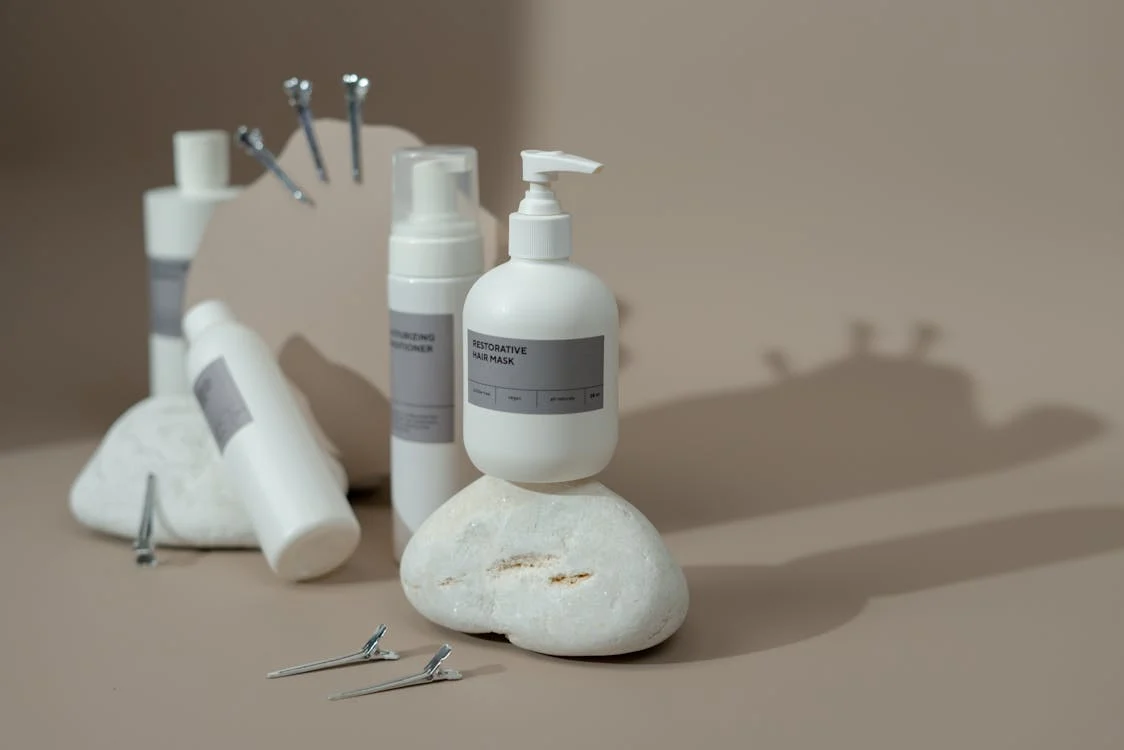Add Your Heading Text Here
Hair damage is a common concern that affects both men and women alike, but the stigma around men caring for their hair has often led many to overlook hair health. Men frequently experience damaged hair due to a variety of factors, including heat styling, harsh products, environmental stressors, and improper hair care routines. Fortunately, there are numerous solutions to repair and rejuvenate damaged hair, bringing back volume, strength, and shine.
In this blog post, we will dive deep into why hair damage occurs, how it affects men’s hair, and most importantly, how to fix it. Whether you’re experiencing hair breakage, thinning, or dryness, there are practical tips, products, and treatments to help restore your hair to its full potential.
1. Understanding the Causes of Hair Damage in Men
Hair damage in men can be attributed to several factors, and understanding these causes is the first step toward effective treatment. Common culprits include:
a) Heat Styling and Chemical Treatments
Like women, men use heat styling tools such as hair dryers, straighteners, and curling irons, which can strip hair of its natural moisture. Additionally, chemical treatments such as hair dyes, perms, and relaxers can weaken the hair shaft, leading to dryness, breakage, and split ends.
b) Over-Washing or Using Harsh Products
Men who wash their hair frequently may inadvertently strip it of essential oils, leading to dry and brittle strands. Using shampoos and conditioners with strong sulfates and harsh chemicals can exacerbate this problem, removing the natural moisture that keeps hair healthy and strong.
c) Environmental Stressors
Exposure to sun, wind, and pollution can damage hair over time. UV rays can weaken hair proteins, and air pollutants can accumulate in the hair follicles, preventing healthy hair growth.
d) Poor Diet and Stress
A lack of essential nutrients, such as vitamins, minerals, and proteins, can contribute to weak and damaged hair. Additionally, high levels of stress can lead to hair thinning and even hair loss, as stress disrupts the natural hair growth cycle.
2. Signs of Damaged Hair
Before you can treat your hair, it’s important to identify whether it’s truly damaged. Here are the signs to look out for:
- Brittle and Dry Hair: If your hair feels rough to the touch, lacks moisture, or has a dull appearance, it may be damaged.
- Split Ends: Split ends occur when the hair shaft breaks, leaving a frayed and frizzy look. This is a common sign of damage.
- Excessive Hair Breakage: If you notice more hair strands in your comb or shower drain than usual, breakage may be occurring due to weak hair strands.
- Thin or Thinning Hair: Damage can lead to weakened hair follicles, which may cause hair to thin and fall out over time.
- Frizz and Lack of Shine: Damaged hair tends to lose its natural smoothness and shine, resulting in frizzy and unmanageable hair.
3. Solutions for Damaged Hair: How to Restore Strength and Shine
The good news is that damaged hair can often be repaired with the right approach. Below are effective solutions and steps to follow for restoring men’s hair health.
a) Use a Gentle Shampoo and Conditioner
Start with a mild, sulfate-free shampoo that is designed to repair and nourish damaged hair. Sulfates are harsh cleaning agents commonly found in shampoos, which can strip the hair of its natural oils, leaving it dry and brittle. Choose a shampoo with natural ingredients like argan oil, shea butter, or keratin, which work to hydrate and strengthen the hair.
Conditioning is just as crucial. After each wash, use a deep conditioning treatment or leave-in conditioner. Look for products with moisturizing ingredients that replenish lost hydration and add protection to prevent further damage.
b) Trim Regularly
Frequent trims are essential for eliminating split ends and preventing further hair breakage. A professional barber or stylist can help to get rid of the damaged parts of your hair and keep it looking healthy. Ideally, aim for a trim every 6 to 8 weeks, especially if you have longer hair or suffer from split ends.
c) Opt for Protein Treatments
Damaged hair often requires a boost of protein to rebuild the hair shaft and restore strength. Protein treatments help repair the structural integrity of hair by replenishing lost proteins, such as keratin. You can use products like protein masks or deep conditioning treatments that contain ingredients such as keratin, collagen, or silk proteins. These treatments are designed to rebuild damaged hair from the inside out.
d) Hydrate with Oils and Serums
Hair oils and serums are great for adding moisture and shine back into dry and brittle hair. Natural oils like argan oil, coconut oil, and jojoba oil are perfect for moisturizing and sealing the hair cuticle. These oils not only restore hydration but also protect hair from environmental damage.
For example:
- Argan oil is rich in antioxidants and essential fatty acids, which repair the hair and make it shinier and smoother.
- Coconut oil has penetrating properties that help to restore moisture deep within the hair shaft.
Applying a few drops of oil to damp or dry hair can help restore moisture balance and prevent future breakage.
e) Limit Heat Styling and Chemical Treatments
If you’re using heat styling tools, try to reduce their usage. Excessive heat can further dry out and damage your hair, so it’s best to air-dry your hair when possible. When you must use heat, always apply a heat-protectant spray beforehand to minimize damage.
Similarly, minimize the use of chemical treatments such as dyes, perms, or relaxers. If you do need to color your hair, opt for ammonia-free, more natural hair dyes that are less damaging.
f) Implement a Scalp Care Routine
The health of your scalp plays a crucial role in the condition of your hair. If your scalp is clogged with oils, dirt, or product buildup, it can inhibit healthy hair growth and contribute to hair damage. Regular scalp massages with oils or scalp exfoliators can improve circulation and cleanse the scalp, promoting stronger hair growth.
Look for gentle scalp scrubs or shampoos with natural exfoliants, such as tea tree oil or peppermint oil, to keep the scalp healthy and free from debris. Additionally, these oils can help with dandruff, which is another common scalp condition.
g) Be Mindful of Your Diet
A healthy, balanced diet is essential for promoting strong and healthy hair. Foods rich in vitamins and minerals support hair growth and repair. Consider adding the following nutrients to your diet:
- Biotin and Vitamins B, C, and E: Found in foods like eggs, avocados, nuts, and leafy greens, these vitamins help to strengthen the hair shaft and stimulate hair growth.
- Omega-3 Fatty Acids: These healthy fats found in fish such as salmon, chia seeds, and flaxseeds help to nourish the scalp and support hair growth.
- Zinc: Foods like pumpkin seeds, chickpeas, and spinach provide zinc, which is crucial for maintaining a healthy hair cycle.
A well-balanced diet rich in these nutrients can help reverse damage and promote healthier, more vibrant hair.
h) Stress Management
Since stress can contribute to hair thinning and loss, it’s important to incorporate stress-relief techniques into your daily routine. Exercise, yoga, meditation, or simple breathing exercises can all help reduce stress levels. When stress is managed, it can contribute to overall health, including the health of your hair.
4. Final Thoughts: Confidence in Your Hair
Hair damage is a common issue, but with the right care, it’s entirely possible to restore your hair to its former glory. By understanding the causes of hair damage, using appropriate products, and incorporating healthy lifestyle changes, you can combat damage and prevent further issues.
Remember, hair health takes time, so consistency is key. By following the tips and solutions outlined above, you can revitalize your hair and boost your confidence in your appearance. Embrace your hair care routine, and in no time, you’ll enjoy strong, healthy, and stylish hair once again.


















